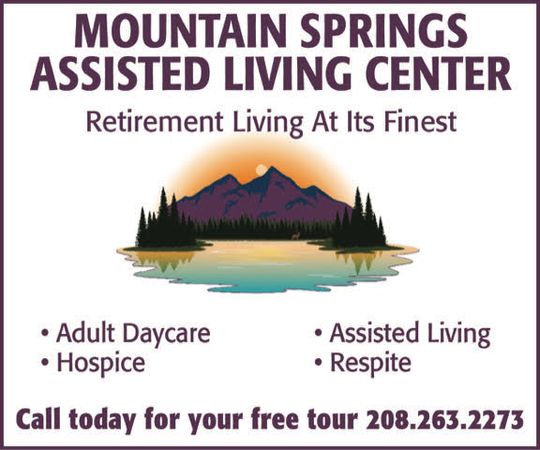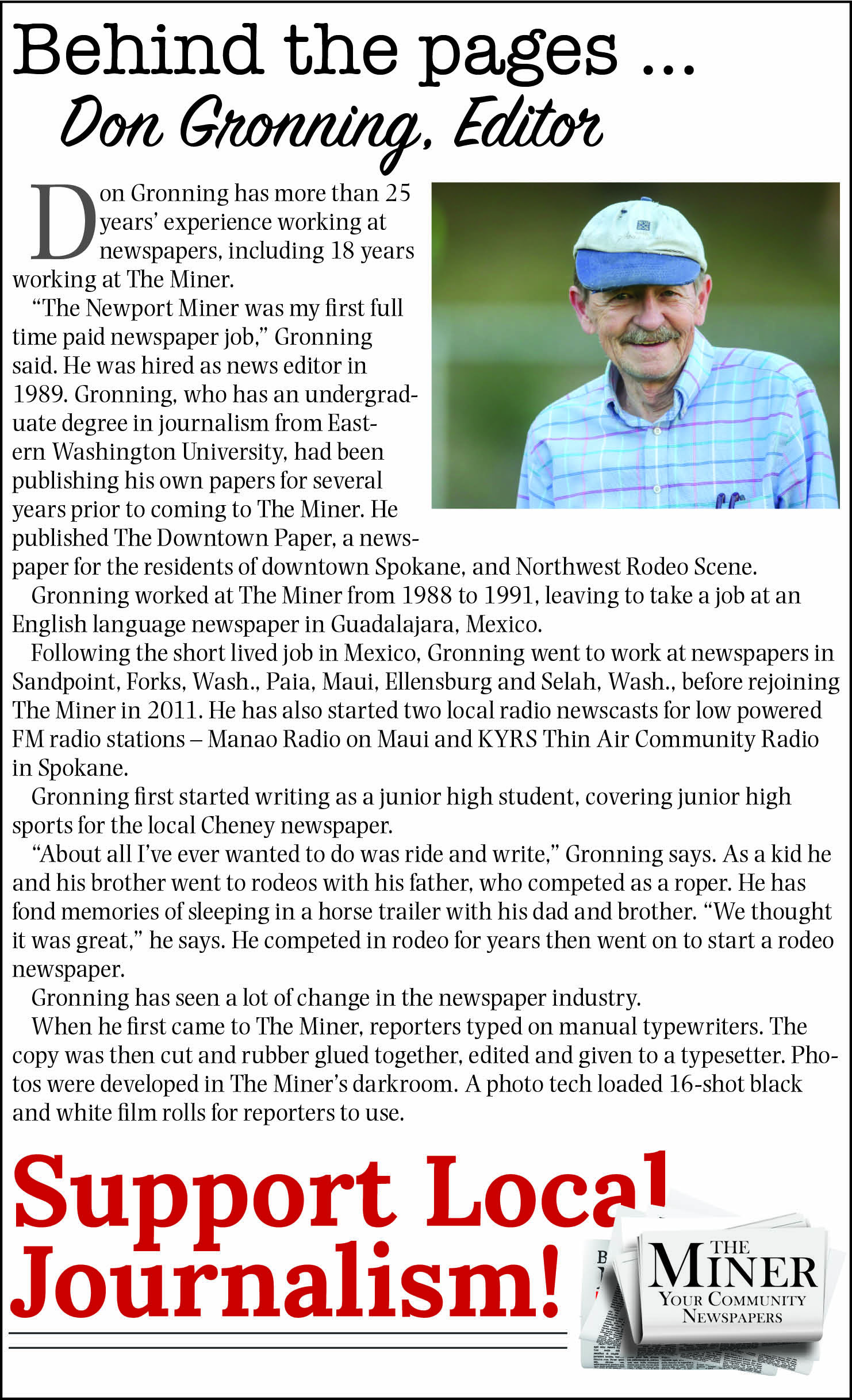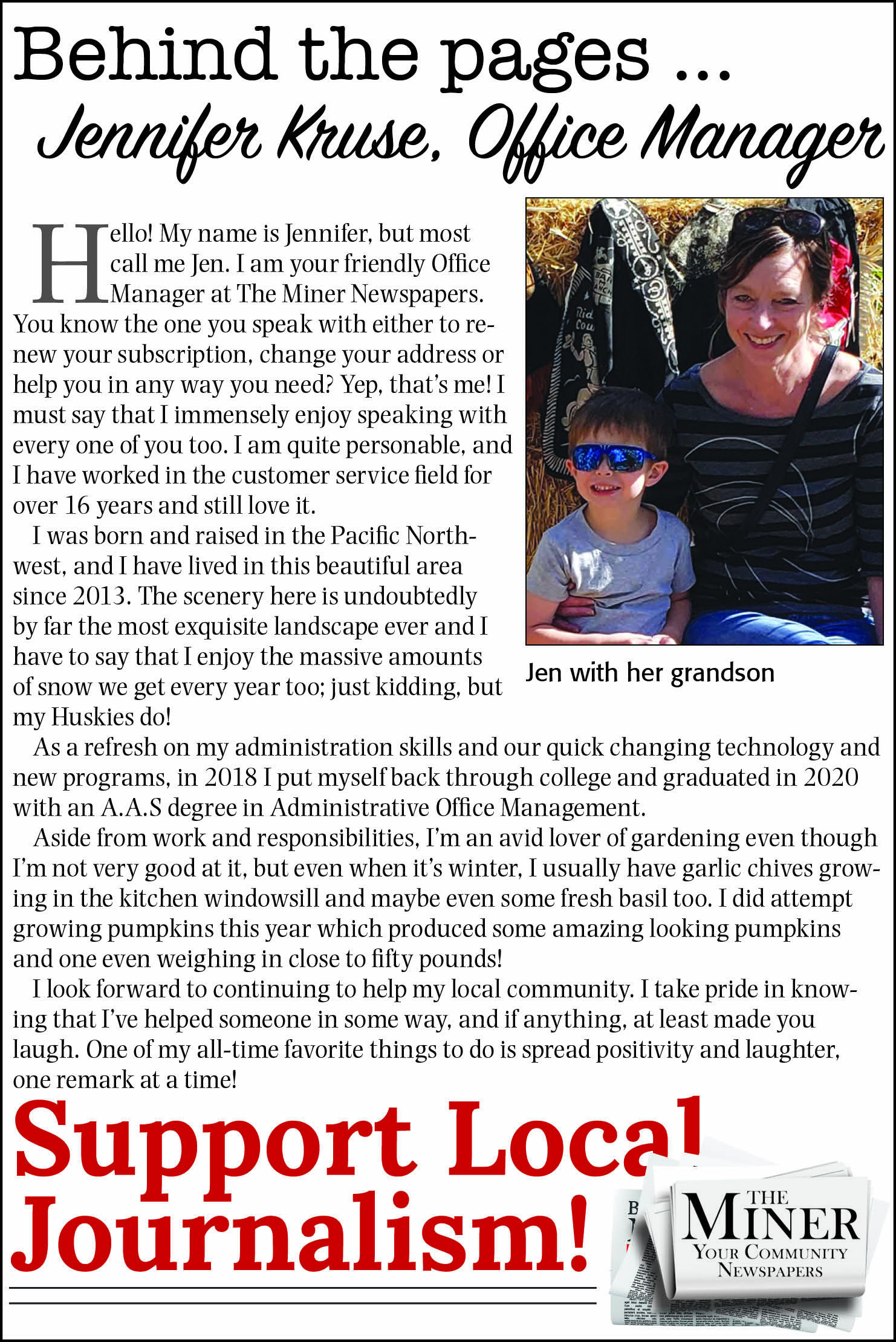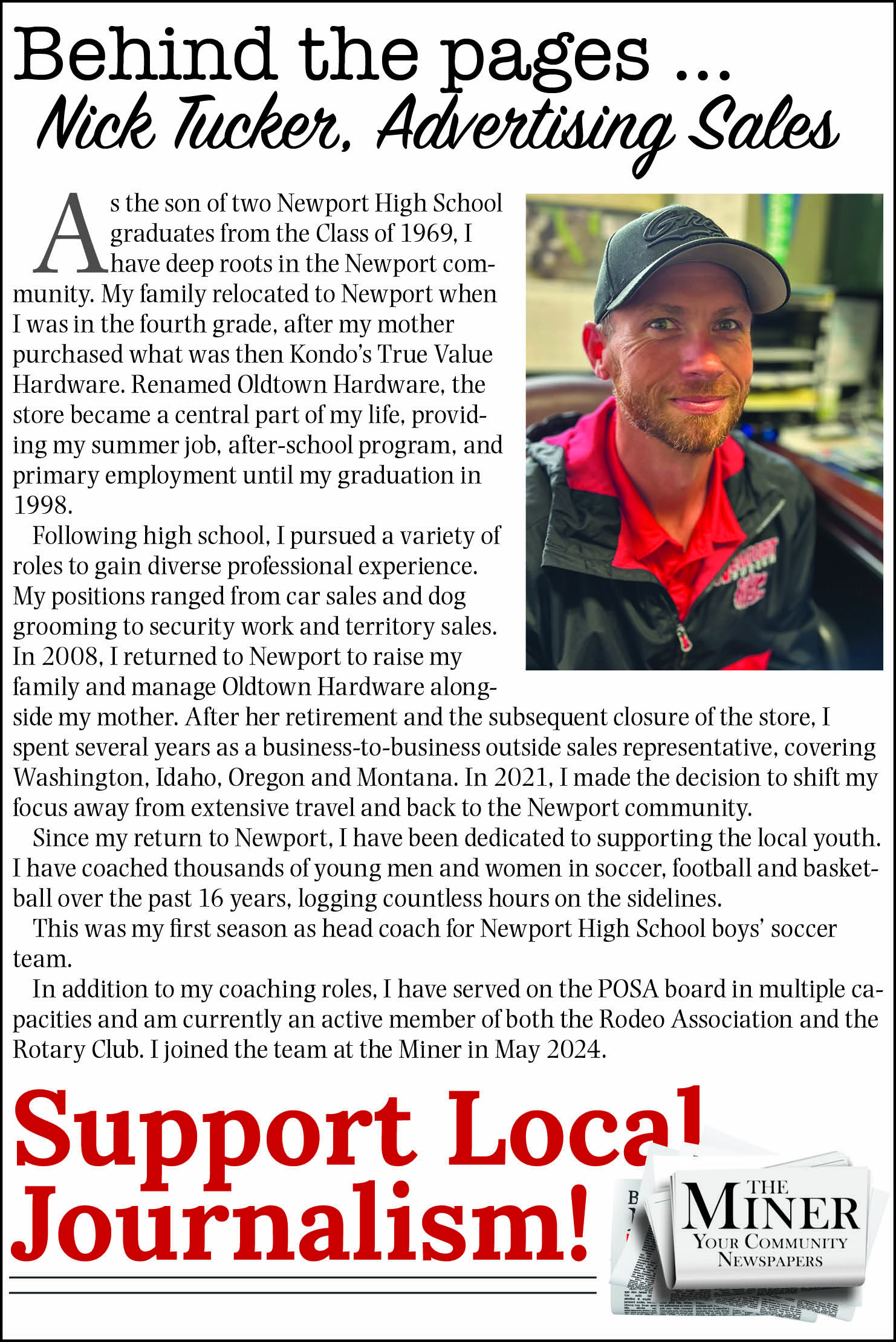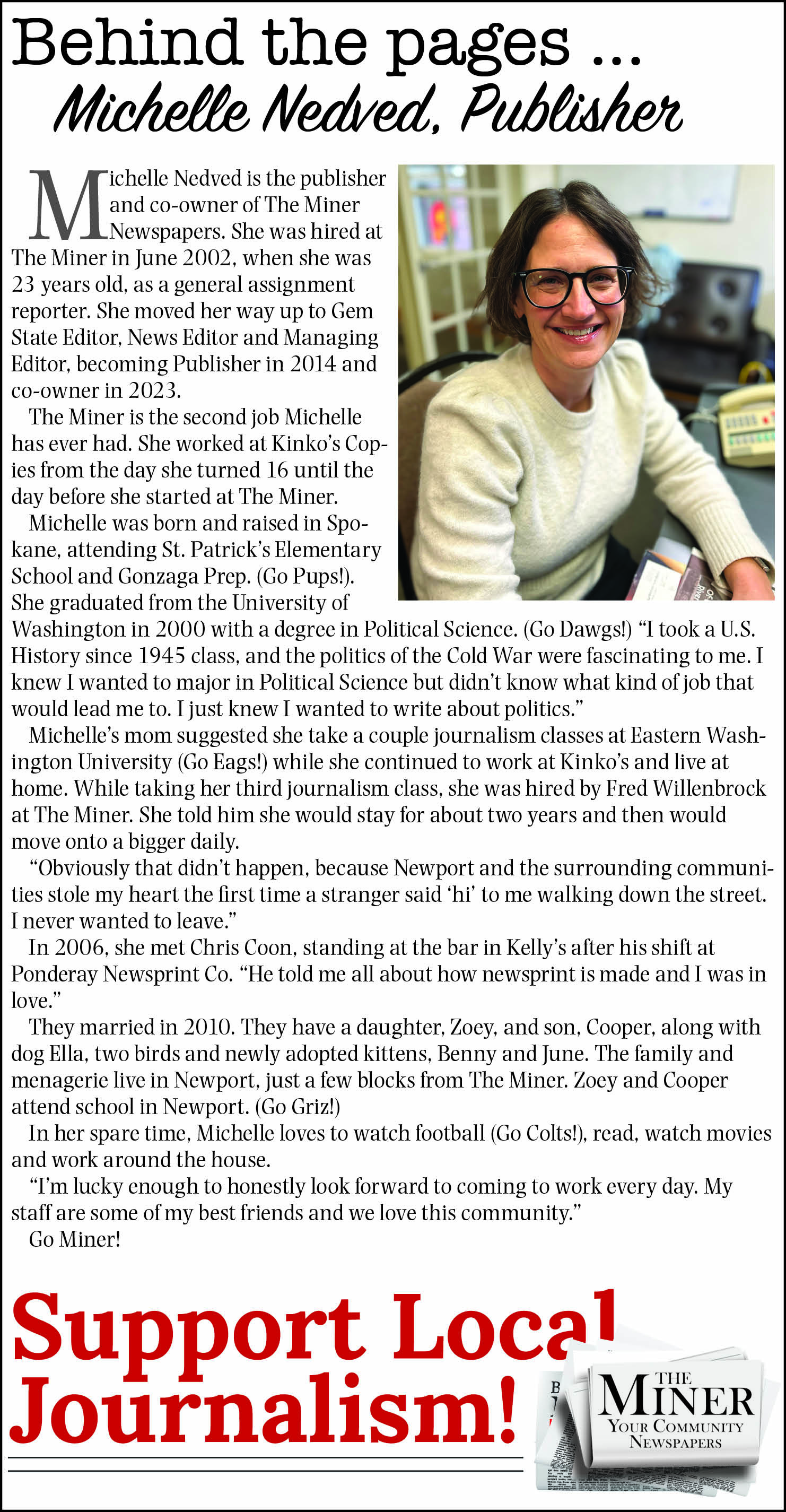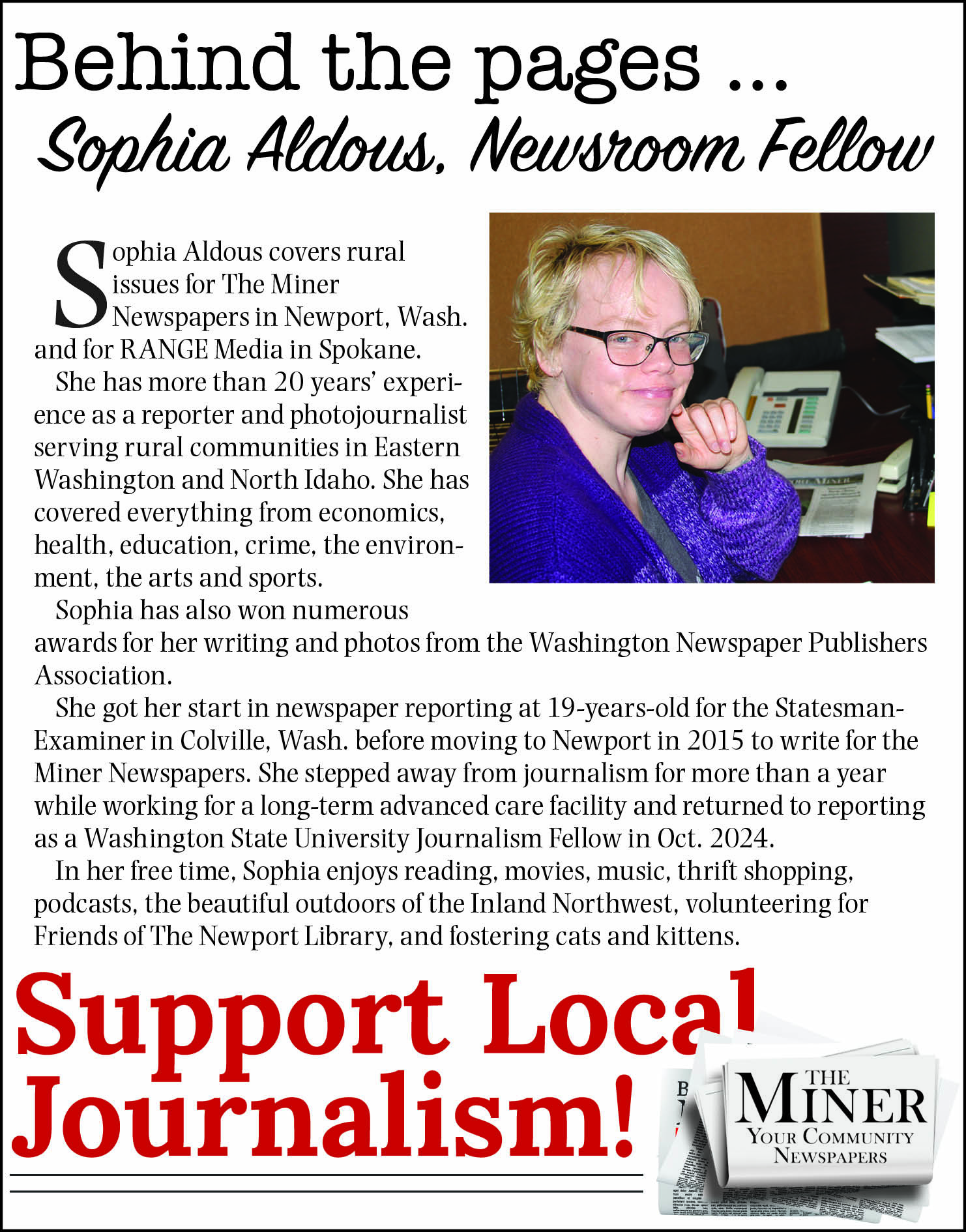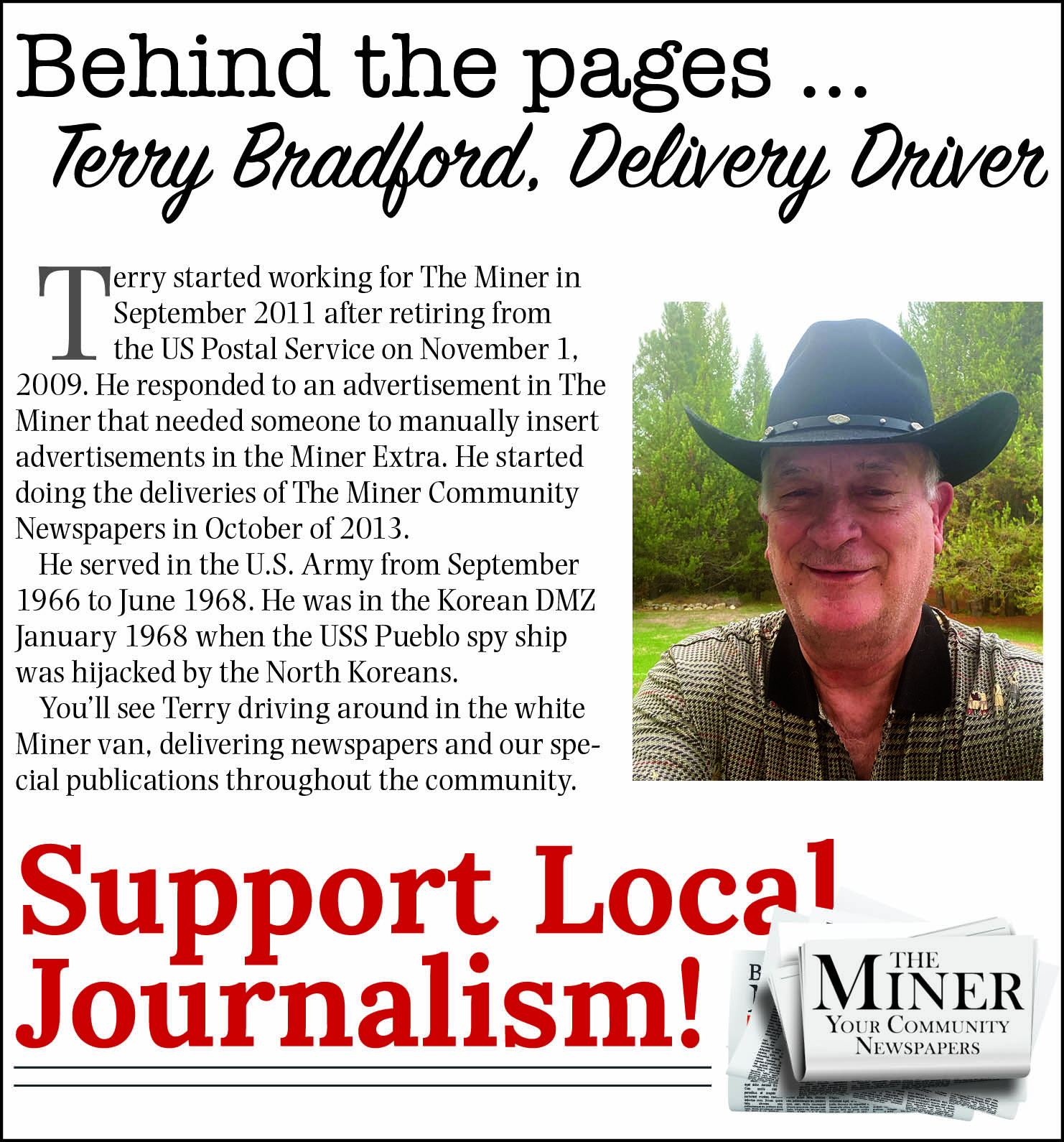Almost 50 years ago, I needed to get bigger and stronger for calf roping. I weighed a little over 100 pounds, and although I could consistently rope the calves right in front of the box, it usually turned into a wrestling match trying to get them down and tied. Years later, I weighed 150 pounds and could deadlift more than triple my bodyweight, and after focusing on Olympic lifting, I snatched 275 pounds and did 331 pounds in the clean and jerk. In other words, instead of wrestling a calf to the ground, I could throw it overhead (well… kind of)!
In rodeo, tradition runs deep. From the chutes to the saddles, generations have passed down what works— or what they think works. However, as the sport evolves and the demands on athletes intensify, clinging to outdated training methods can hinder performance and even risk injury. It’s time to bust the top five myths of rodeo training and usher in a smarter, stronger, more sustainable approach to success.
Myth No. 1: “Rodeo athletes don’t need to train like other athletes.”
This is perhaps the most dangerous myth of all. Rodeo athletes endure explosive forces, unpredictable movements, and massive physical demands. Yet many still rely solely on practice runs or day-to-day ranch work as training. While those build grit and real-world toughness, they don’t replace structured strength, power, mobility, and recovery protocols. Like MMA fighters or Olympic gymnasts, rodeo competitors need a yearround athletic training plan that targets performance and prevents injury.
Myth No. 2: “You’ve got to be beat up to be a cowboy.” The romanticized image of the rodeo athlete limping through the arena, held together with tape and toughness, is worn out. Pain isn’t always a badge of honor— it’s often a warning. Chronic injuries, poor recovery, and lack of body maintenance shorten careers. Modern rodeo champions treat recovery like training: ice baths, mobility drills, soft tissue work, and proper sleep aren’t luxuries; they’re part of the job. Toughness isn’t about ignoring pain; it’s about addressing it and adapting.
Myth No. 3: “Strength training makes you slow or bulky.”
This myth belongs in the dirt. Modern strength training, when designed correctly, enhances speed, coordination, grip strength, reaction time, and injury resilience. Rodeo demands functional strength—think explosive hips, mobile shoulders, stable knees, and a resilient core. Smart programs use Olympic lifts, kettlebells, sled pushes, and agility drills to build power without unnecessary bulk. A well-trained body is your best insurance policy in the arena.
Myth No. 4: “Cardio is enough—just ride more.” Riding and repetition build sport-specific skill, but not total conditioning. Rodeo athletes need anaerobic power, aerobic capacity, and muscular endurance to handle adverse temperatures, travel, and the chaos of live competition. Sprint intervals, hill sprints, loaded carries, and circuit training are better suited than long, slow jogs. Conditioning should simulate the demands of your event—explosive, reactive, and recoverable.
Myth No. 5: “You don’t need a team—just grit.” Rodeo is an individual sport, but elite performance is never a solo act. Nutritionists, strength coaches, mental performance specialists, and bodywork pros are becoming staples in the training camps of top athletes. Even mindset has evolved—from “just cowboy up” to developing resilience through journaling, visualization, breathwork, and sport psychology. A support system doesn’t make you soft—it makes you strategic.
Tradition has its place—but progress demands evolution. Rodeo athletes are not just cowboys and cowgirls; they’re elite performers. Blending the grit of the past with the science of today is the recipe for staying strong, healthy, and competitive for years to come.
This isn’t about forgetting where we came from. It’s about forging a path forward—faster, stronger, smarter, and still proudly rodeo. Good luck to all the rodeo athletes competing this summer!
MICHAEL MARTIN JR. IS A RETIRED NAVY VETERAN, WORLD CHAMPION POWERLIFTER, AND PHD CANDIDATE IN PERFORMANCE PSYCHOLOGY.
.png)

